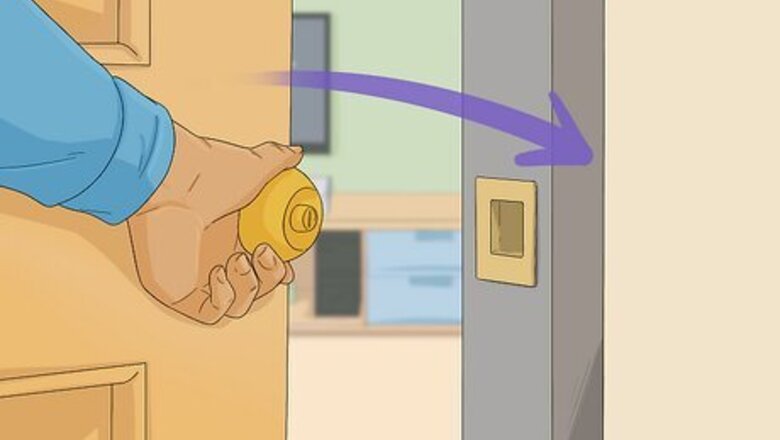
views
Containing Your Hamster
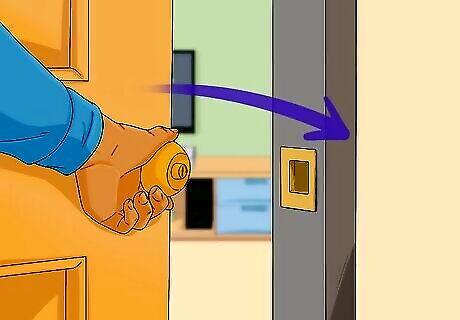
Close all the doors. Before you can catch your hamster, you need to restrict his movements. Focus on closing all possible exits to outside, as it will be much harder to catch a hamster once he gets outside of the house. If you know which room your hamster escaped in, close all the doors leading out of that room.
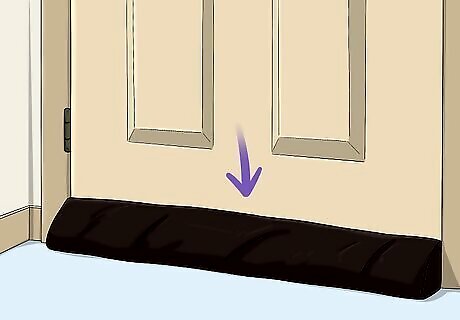
Plug up any gaps or exits. Hamsters can climb stairs or wiggle into small gaps very quickly. Use towels to plug any gaps under doorways and the seal all the rooms in the home. You should also seal air vents or large cracks in the floorboards with tape to ensure your hamster cannot wiggle his way into these hiding places. Be sure to look in the air vents or any cracks with a flashlight to ensure your hamster hasn’t already found his way in these spots before you seal them.

Warn everyone in the house that the hamster is missing. Let others in the home know there is a hamster on the loose so they can help you close any doors or exits. If there are any other pets or young children in the room, take them out of the room so you can focus on finding the hamster. If you are concerned that your pets might harm the hamster, such as your cat, keep the cat in a separate room or have someone hold the cat to contain him.
Searching For Your Hamster
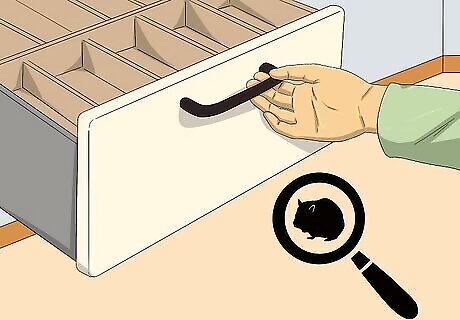
Look around your hamster’s cage and in his normal hiding spots. Sometimes hamsters don’t stray further than the area around their cage and can be found easily. But your hamster may also have spots he tends to hide in when he goes missing. Usually these areas are narrow, dark, and easy to get in to. For example: Inside boxes, such as tissue boxes or empty garbage bins. Under couches, beds, and loveseats. Behind or under bookshelves. Inside cabinets and wardrobes. Inside kitchen and dresser drawers. Keep in mind when searching drawers not to push them back too hard in the event your hamster is hiding behind a drawer. Behind large furniture like tables, vases, and mirrors that are on the ground.
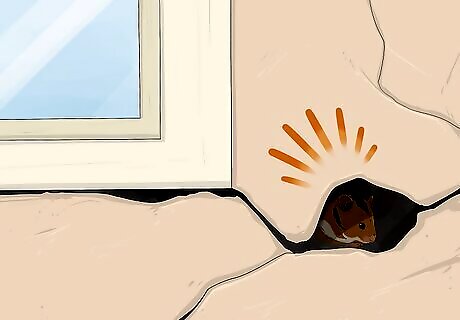
Listen for any scratching or chewing sounds in the room. Most hamsters will chew through objects to get inside and burrow or hide. Your hamster can also squeeze into a hole as small as an inch in diameter, so she may try to chew or scratch through objects or even a crack in your walls. Turn off any sources of noise and then switch off the lights in the room. Sit still and listen for any scratching, chewing, or rustling noises. This may help you determine where your hamster is hiding.
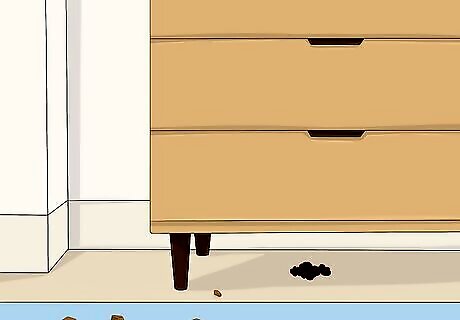
Check for food and poop trails. Sometimes, hamster who escape bring a hoard of sunflower seeds with them. Look for piles or trails of half-eaten sunflower seeds, or seed husks in any of your hamster’s usual hiding places. You may want to use a flashlight to check dark and narrow spots. Your hamster may also end up going to the bathroom when he is outside of his cage. Look for any droppings or poop trails, as this may lead you straight to your missing hamster.
Setting a Trap for Your Hamster
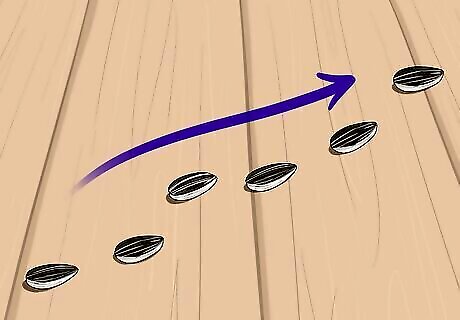
Use a sunflower seed trail. If you know which room your hamster escaped in and you have sealed off all possible exits and hiding places, you can try to bait your hamster with sunflower seeds. Set a trail of ten sunflower seeds leading into your hamster’s cage. Then, turn off all the lights in the room and sit quietly in one corner of the room. Your hamster will be attracted to the seeds and should reveal himself to you. He may even walk straight back into his cage. However, it may be some time until he shows himself and you may have to wait awhile in the dark room. You can also dust the floor around the seed bait with flour. Then when the hamster walks through the flour to get to the seeds, you will be able to see where he was headed.
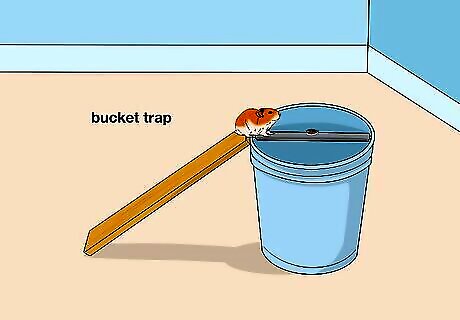
Make a bucket trap. This is one of the most popular ways to catch a hamster. It is also a very simple trap that you can whip together using a tall bucket, a towel, several boxes or books, and a handful of treats. Flip over a tall, plastic bucket so the opening is facing upward. Place the towel in the bucket to cushion your hamster’s fall when he lands in the trap. Put a handful of treats in the bucket as bait. It could be peanut butter on a cracker, a pile of sunflower seeds, or other treats that have a strong, enticing smell that your hamster will pick up on. You may also want to place a piece of lettuce or a water bottle on a stand in the bucket so your hamster has something to drink when he lands in the bucket. Create a ladder leading up to the bucket. Use a stack of books, legos, or a set of small boxes to make stairs your hamster can climb up on to reach the bait, and the trap. You can also place sunflower seeds or another treat on each step leading up the ladder to ensure your hamster makes it all the way to the top of the ladder and falls into the bucket. Close the door to the room and check the bucket periodically to see if your hamster has fallen for the trap.
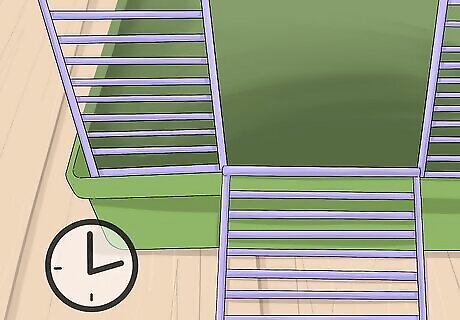
Leave the cage door open overnight. Hamsters are nocturnal creatures, so your hamster will likely be more active at night. If you have spent the day searching for your missing hamster to no avail, try placing sunflower seeds in your hamster’s cage and leaving the cage door open overnight. Your hamster may come back into the cage on his own and end up burrowing in his cage. Check his cage in the morning to confirm he is back in his cage, safe and sound.



















Comments
0 comment